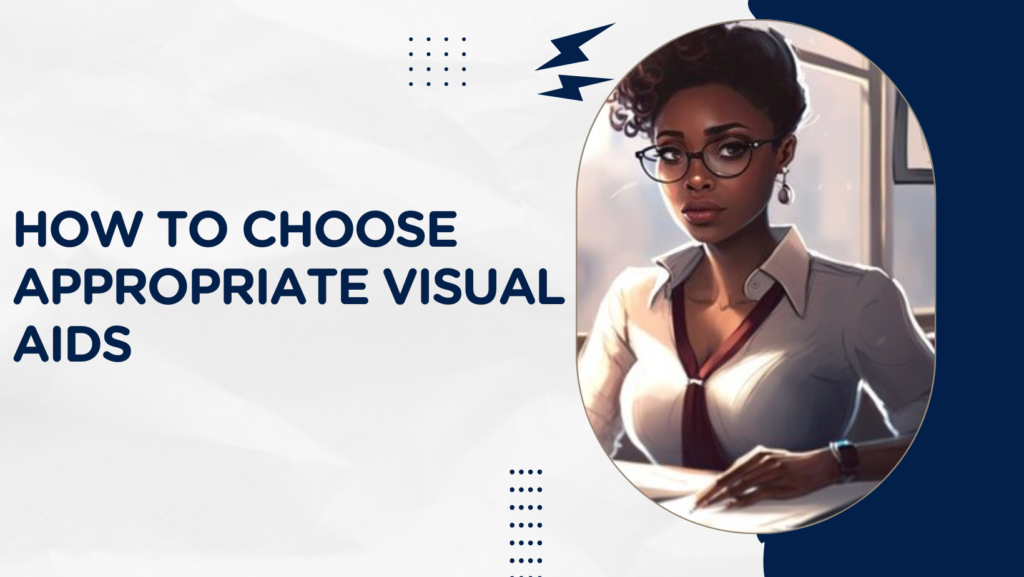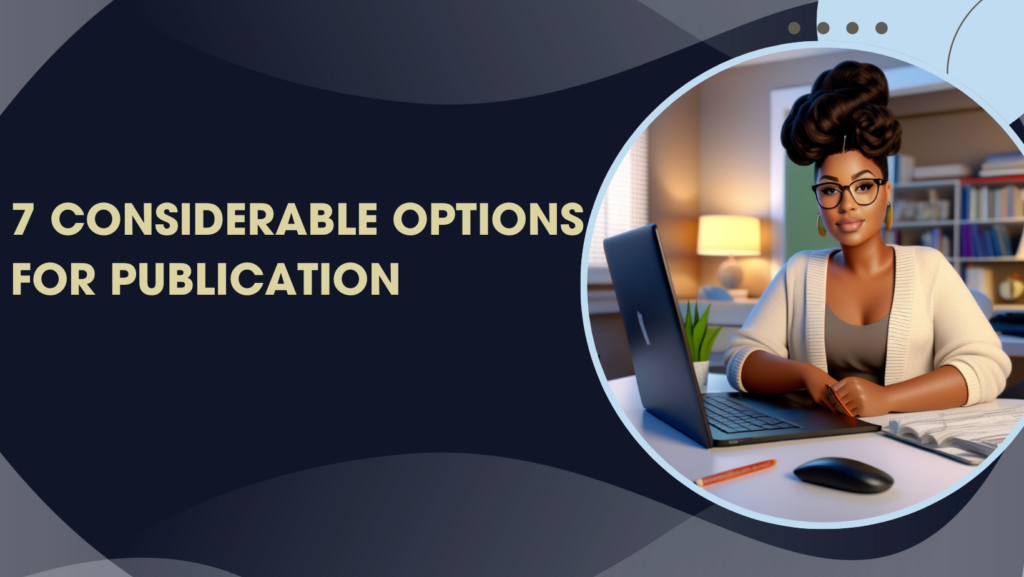Introduction to Research Report Writing
Introduction to Research Proposal and Report Writing
Welcome to the definitive guide on research proposal and report writing, tailored for all levels from diploma to PhD. Whether you’re embarking on your first academic research project or advancing your scholarly career, understanding the nuances of research proposal and report writing is crucial for effectively communicating your findings and contributing to your field of study.
What you need to know;
Proposal writing is a crucial skill needed across various fields to secure funding, approval, or support for projects and research initiatives. Whether you’re preparing a research proposal for academic grants, pitching a project to potential clients, or proposing a new business venture, understanding how to craft a compelling proposal is essential. Here’s a detailed guide to help you grasp the fundamentals and nuances of effective proposal writing.
What is a Proposal?
A proposal is a structured document that outlines a plan, idea, or project for consideration and approval. It serves to persuade stakeholders that your idea is viable, worthwhile, and aligned with their goals. Depending on its purpose, a proposal can vary in format and content, but it generally includes key elements to present your objectives, methodology, anticipated outcomes, and budget.
On the other hand;
Report writing is a fundamental skill in professional and academic environments, serving as a structured means to convey information, findings, or recommendations. Whether you’re compiling research results, documenting project progress, or presenting analysis, mastering report writing ensures your information is clear, organized, and impactful. Here’s a comprehensive guide to understanding the essentials of report writing.
What is a Report?
A report is a formal document that presents factual information, analysis, and conclusions on a specific topic or issue. It serves to inform stakeholders, decision-makers, or the broader audience about a subject, often with the aim of providing insights or guiding actions based on the presented data.
Major Similarities Between a Research Proposal and a Research Report
Research proposals and research reports are both essential components of the research process, serving distinct but interconnected purposes. Here are the key similarities between these two types of documents;
- Structural Elements:
- Introduction: Both a research proposal and a research report typically begin with an introduction that outlines the background, context, and objectives of the study.
- Literature Review: Both documents include a review of relevant literature to establish the research gap, theoretical framework, and existing knowledge on the topic.
- Methodology: They both describe the research methods and techniques employed to gather and analyze data. This section details how the research will be conducted, including data collection procedures, sampling methods, and analytical approaches.
- References: Both documents require citations and a list of references to acknowledge sources consulted and cited throughout the document.
- Purpose and Focus:
- Focus on Research Goals: Both a proposal and a report are centered around the research goals, aiming to address specific research questions or hypotheses.
- Foundation in Evidence: Both documents rely on evidence-based reasoning and scholarly sources to support their arguments and findings.
- Academic Rigor: They adhere to academic standards of rigor, accuracy, and ethical considerations in research.
- Audience and Communication:
- Target Audience: Both are written with a specific audience in mind, such as academic peers, funding agencies, or stakeholders.
- Communication of Findings: Both documents aim to communicate findings, conclusions, and implications derived from the research process.
- Professional Presentation: They both require professional presentation and adherence to formatting guidelines appropriate for academic or professional settings.
- Process Orientation:
- Sequential Nature: Both documents are part of a sequential process in research. A proposal precedes the actual research to seek approval and funding, while a report follows the research to disseminate findings and conclusions.
- Documentation of Progress: Both serve as documentation of the research process, with the proposal outlining the planned research and the report documenting the actual research conducted and its outcomes.
- Quality Assurance:
- Quality Control: Both documents undergo scrutiny for quality assurance, ensuring that research methods are sound, data are accurately analyzed, and conclusions are well-supported by evidence.
- Peer Review: Both may undergo peer review processes in academic settings to validate the research methodology, findings, and interpretations.
Differences Between a Research Proposal and a Research Report
Research proposals and research reports serve distinct purposes and are structured differently to fulfill their respective roles in the research process. Here are the key differences between these two types of documents:
- Purpose and Focus:
- Research Proposal: The primary purpose of a research proposal is to outline the planned research project before it is conducted. It aims to persuade reviewers, such as funding agencies or academic committees, of the importance and feasibility of the research. It focuses on justifying the research problem, outlining objectives, proposing methodologies, and predicting potential outcomes.
- Research Report: In contrast, a research report summarizes the findings and outcomes of a completed research project. It aims to document the entire research process, including methods used, data collected, analysis conducted, results obtained, and conclusions drawn from the research.
- Time Orientation:
- Research Proposal: Typically written at the beginning of the research process, a research proposal precedes the actual conduct of research. It serves as a detailed plan or roadmap for what the researcher intends to investigate, providing a framework for the study.
- Research Report: Written after the completion of the research, a research report presents the actual findings and outcomes of the study. It reflects what was discovered through the research process, offering a comprehensive account of the methods used and the insights gained.
- Content and Structure:
- Research Proposal: The structure of a research proposal is focused on justifying the need for the research and persuading reviewers of its feasibility and significance. It typically includes sections such as an introduction, literature review, methodology, timeline, and budget.
- Research Report: A research report is structured to present the research findings and conclusions derived from the study. It includes sections such as an introduction (often more concise than in a proposal), methods, results, discussion, and conclusion. The emphasis is on reporting actual data, analysis, and interpretations.
- Audience and Communication:
- Research Proposal: The primary audience for a research proposal includes funding agencies, academic committees, or supervisors who evaluate the feasibility and merit of the proposed research project. The communication is focused on persuading these stakeholders to support the research.
- Research Report: The audience for a research report includes peers in the field, academic journals, or stakeholders interested in the research outcomes. The communication is aimed at sharing the findings, implications, and contributions of the research to the broader academic or professional community.
- Level of Detail:
- Research Proposal: A research proposal provides a detailed plan of the research project, but the emphasis is on the planned methodology and expected outcomes rather than actual data and findings.
- Research Report: A research report provides a comprehensive account of the entire research process, including detailed descriptions of methods, data collected, analysis conducted, and results obtained. It offers a detailed exploration of the research findings and their implications.
Understanding these differences is crucial for researchers to effectively navigate the research process, from planning and proposing a study to documenting and disseminating its findings. Each document serves a specific role in advancing knowledge within its respective field and contributes to the ongoing scholarly dialogue.
Purpose and Content of Each Section
- Introduction: The introduction serves as the foundation of your research report, setting the stage by clearly defining the research problem, objectives, and the significance of the study. It provides context for readers to understand the rationale behind your research and outlines what they can expect from the report. At higher academic levels such as PhD research, the introduction also includes a comprehensive literature review that establishes the theoretical framework and identifies gaps in existing research.
- Literature Review: In research reports from diploma to PhD levels, the literature review critically examines and synthesizes existing research and scholarly articles relevant to the study. It showcases your understanding of the field, positions your research within ongoing academic discourse, and justifies the need for your study. At the PhD level, literature reviews are more extensive and often incorporate a meta-analysis or systematic review to comprehensively evaluate existing literature.
- Methodology: The methodology section details the research design, methods of data collection, and analysis techniques employed to address the research questions or hypotheses. At the diploma and undergraduate levels, methodologies are typically simpler and focus on basic data collection methods such as surveys or interviews. In contrast, PhD-level methodologies are more complex, involving advanced statistical analyses, experimental designs, and often require ethical considerations and detailed justification of methodological choices.
- Results: The results section presents the findings of your research in a clear, objective manner using tables, graphs, and descriptive statistics. At all academic levels, results should be presented accurately and linked directly to the research questions posed in the introduction. In PhD-level reports, results may include in-depth statistical analyses, qualitative data interpretations, and supplementary materials such as appendices or raw data files.
- Discussion: The discussion interprets the results within the context of the broader literature and theoretical framework established in the introduction. It highlights the implications of your findings, discusses any limitations or biases in the research, and suggests future research directions. PhD-level discussions are more comprehensive and often involve theoretical debates, policy implications, and contributions to the field’s knowledge base.
- References: In research report writing, referencing plays a critical role in acknowledging sources, supporting arguments, and upholding academic integrity. References provide readers with the opportunity to verify information and delve deeper into the scholarly discourse that underpins your research. Proper referencing involves citing sources accurately according to a specific citation style (such as APA, MLA, or Chicago), both within the text and in a comprehensive bibliography or reference list at the end of the report.
Formatting Guidelines for Overall Layout
- Structure: Organize your research report with clear section headings and subheadings to guide readers through the document. Ensure each section flows logically from the introduction to the conclusion.
- Citation Style: Follow a standardized citation style such as APA, MLA, or Chicago to accurately cite sources and maintain academic integrity.
- Font and Margins: Use a professional font (e.g., Times New Roman, Arial) and maintain consistent margins (usually 1 inch) throughout the document for readability.
- Tables and Figures: Number and title all tables, figures, and appendices for easy reference. Ensure they are integrated smoothly into the text and contribute meaningfully to your analysis.
Conclusion
Mastering research proposal and report writing from diploma to PhD levels involves understanding the specific requirements, expectations, and nuances associated with each academic stage. Whether you’re crafting a concise undergraduate proposal/report or a comprehensive doctoral thesis, this guide equips you with the foundational knowledge and practical tips to effectively communicate your research journey and contribute meaningfully to your academic discipline.
Address List
- Makerere Hill Road, Ham Towers
- +256-703947778
- info@professionalwriters.shop
Social Networks
Links List
Professional Writers Inc.
Turning Ideas Into Reality
Online Research Writing Training [Free]































